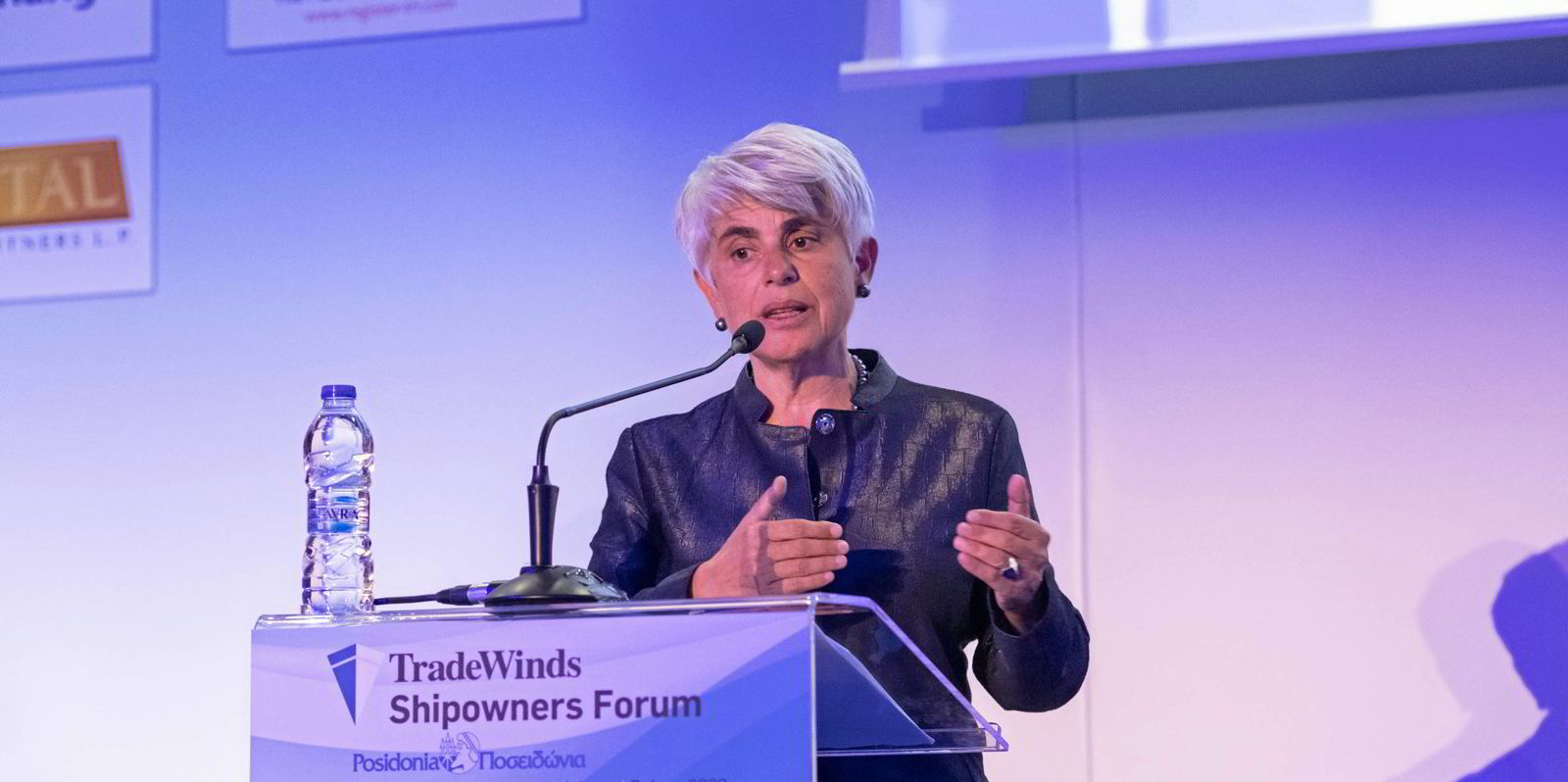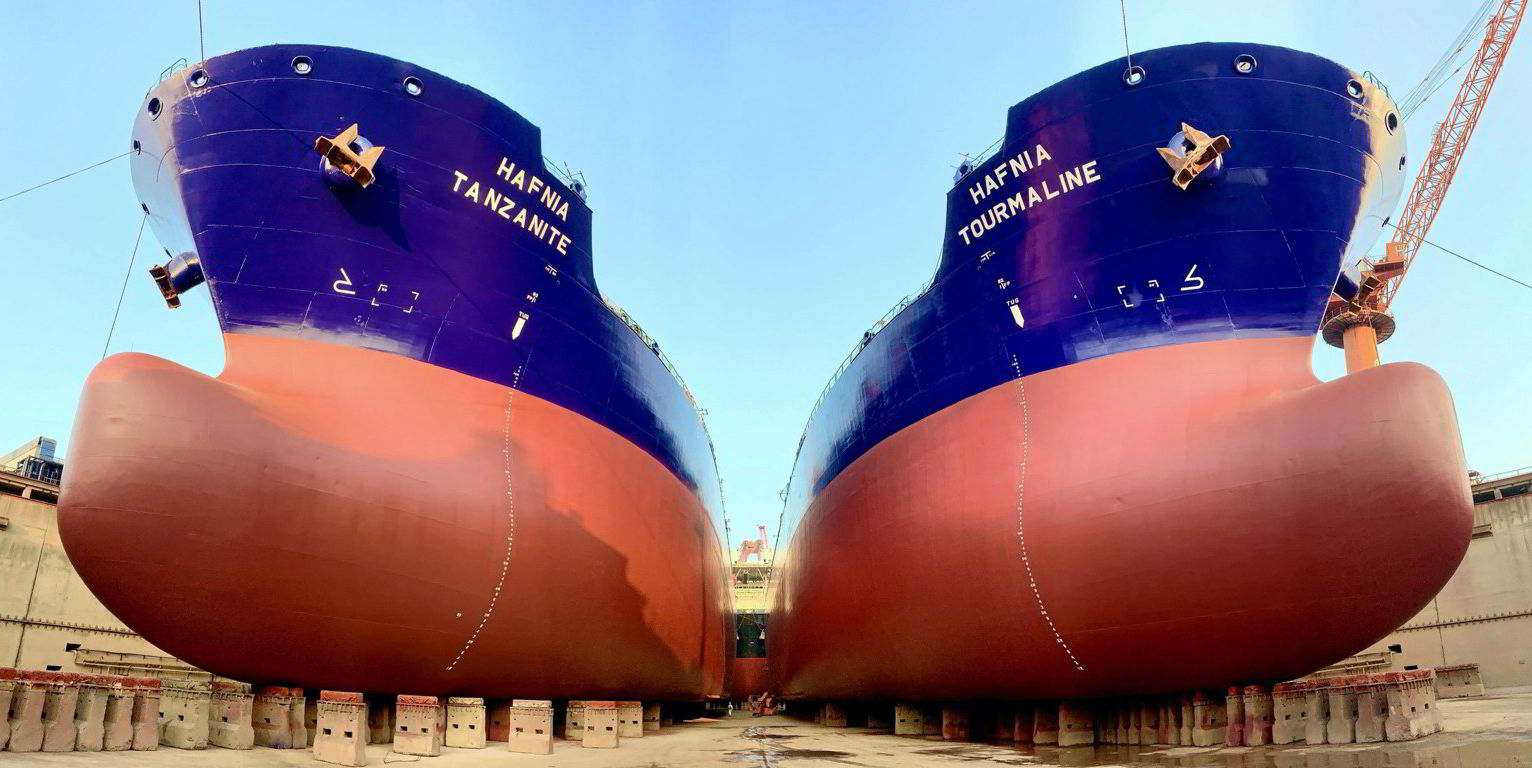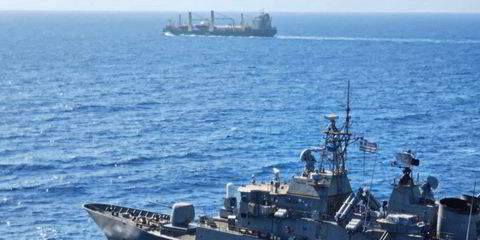Greece’s Navios Maritime Holdings has carried out a management shake-up of its South American tanker and ports business as it sets its sights on growth.
Navios South American Logistics (NSAL) owns three ports and eight small clean tankers.
“Because of the renewed global focus on food and energy security, we believe there is a significant commercial opportunity in the Hidrovia region,” Navios Holdings chief executive Angeliki Frangou said.
“As a result of this interest, we are focused on growing our regional infrastructure and related logistics assets.”
Frangou revealed a management succession plan has been implemented at NSAL.
George Achniotis has been appointed as chief executive of NSAL and moves to Buenos Aires from his position of business development director.
NSAL chief financial officer Ioannis Karyotis becomes chief operating officer and is being replaced as company CFO by Enrique Ferrando.
Frangou said former chief executive Claudio Lopez “will continue to provide his leadership and experience in his role as vice chairman”.
Meanwhile, Mariana Rebolo becomes chief risk officer, and there have been undocumented changes in the commercial and business development teams as well.
Net profit for US-listed Navios Holdings was cut to $39.5m from $49.5m, despite revenue from NSAL rising to $74.4m in the third quarter, up from $63.5m a year ago.
The company suffered a $70m loss from affiliates, against a $14m gain in 2021.
Fleet sold
In July, Navios Holdings agreed a deal to sell its 36-vessel dry bulk fleet to main group shipowning unit Navios Maritime Partners, in return for a “substantial” stake.
The $835m transaction involved the assumption of nearly $442m in bank debt, bareboat charter obligations and financial leases.
Navios Holdings has a 63.8% stake in NSAL.
The logistics operation’s revenue increased due to higher volumes at grain terminals as Uruguayan soybean production and exports rose.
There were also higher tariffs and volumes transhipped at its iron ore port terminal and a $5.6m increase in revenue from the tanker cabotage business mainly due to more operating days.
The barge business also improved, mainly as a result of a $3.5m rise in contract of affreightment and voyage income related to higher liquid and dry cargo volumes.





